B05 Research Group
B05-1 Motor learning of modularity in musculoskeletal models toward the emergence of muscle synergy
Research Outline
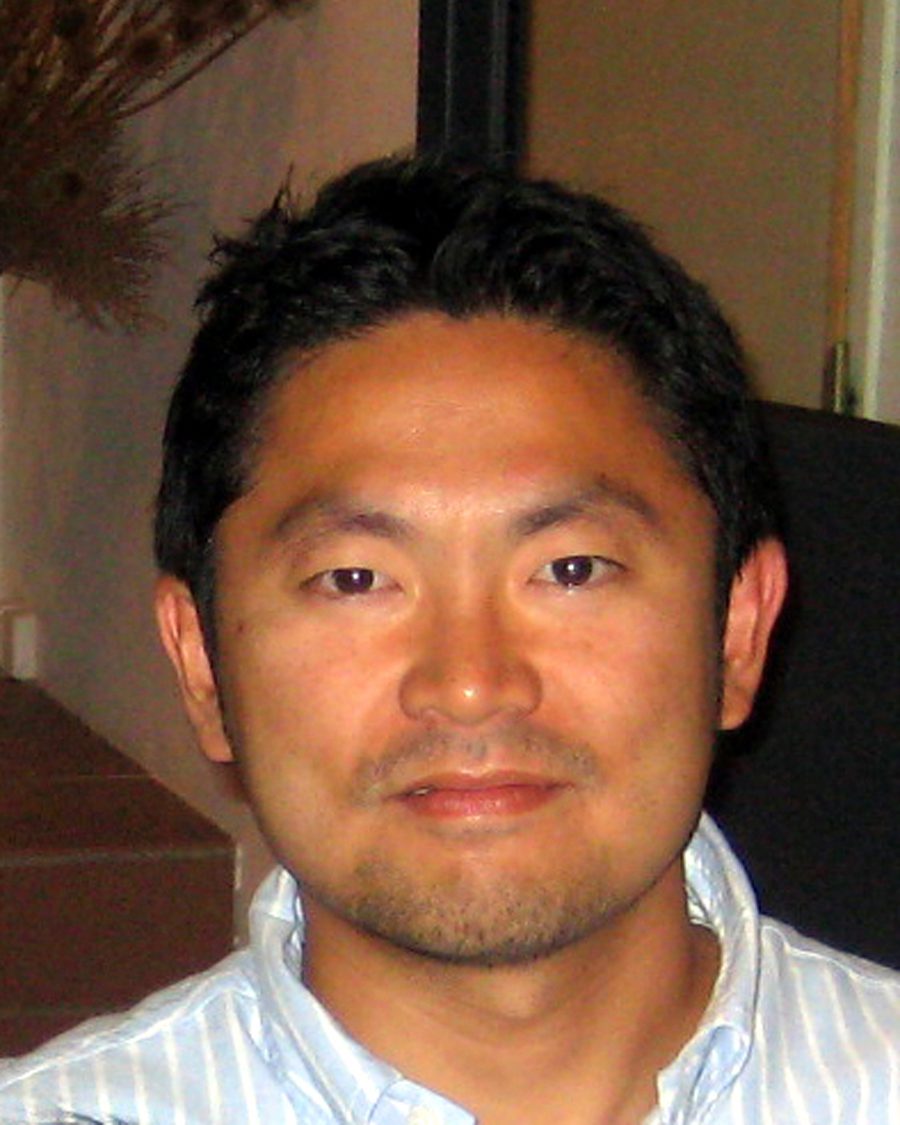
Mitsuhiro HAYASHIBE
It is known that motor synergy is employed in human motor control, but the mechanism by which the central nervous system generates it in computational terms has yet to be mathematically modeled. This proposal aims to provide a solution to this problem. In our previous proposal, we realized synergy in the joint control space and quantitatively clarified the correlation between the degree of synergy and energy fficiency by using deep reinforcement learning. In the current proposal, we will go one step further and computationally elucidate the role of motor synergy in human muscle activity patterns by clarifying the mechanism of motor synergy in the muscle control space. Moreover, by quantitatively demonstrating that the adoption of modularity itself is meaningful for the execution of the motor learning process, we expect to elucidate the role of motor synergy itself in the hyper-adaptability process.
Members
| Principal Investigator | Mitsuhiro HAYASHIBE | Professor, Tohoku University |
| Co-investigators | Kyo KUTSUZAWA | Assistant Professor, Tohoku University |
| Ahmed HANNAN | Ph.D Student, Tohoku University | |
| Li GUANDA | Ph.D Student, Tohoku University | |
| Akito FUKUNISHI | Master Student, Tohoku University | |
| Taku SUGIYAMA | Master Student, Tohoku University |
B05-2 A neural network model for hyper-adaptability of bipedal locomotion
Research Outline
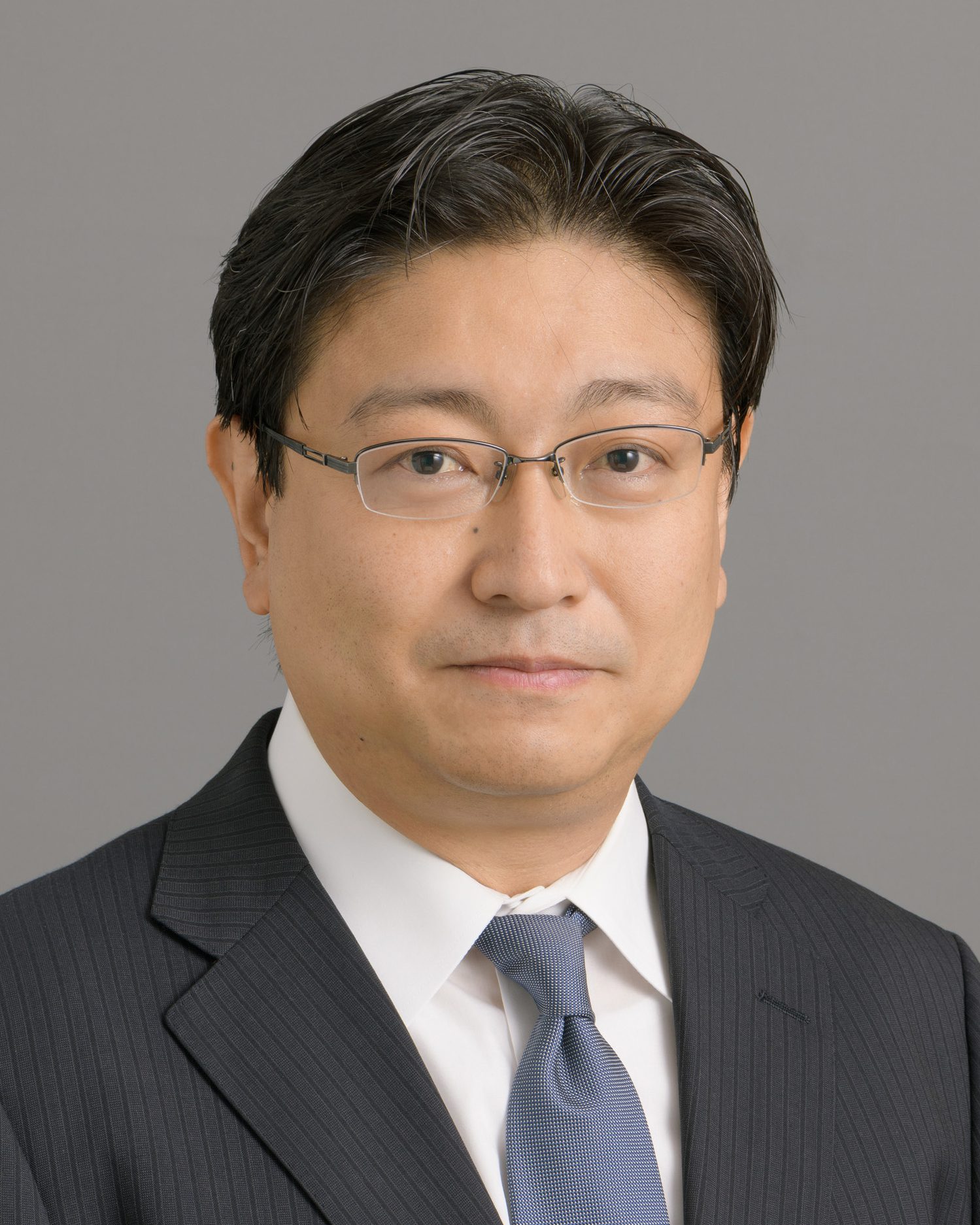
Naomichi OGIHARA
It is generally accepted that the human musculoskeletal system is evolved in such a way that it facilitates generation of robust, energetically efficient bipedal locomotion. The fact that the human musculoskeletal system is morphologically adapted to bipedal locomotion possibly indicates that the human nervous system inherently possesses an ability to adaptively make use of such mutational alteration of body morphology to facilitate control as well as to reduce energetic cost of bipedal locomotion by hyper-adaptive reorganization of the locomotory nervous system. In this study, we attempt to elucidate such hyper-adaptive mechanism of human bipedal locomotion based on a neuro-musculoskeletal forward dynamic simulation.
Members
| Principal Investigator | Naomichi OGIHARA | Professor, The University of Tokyo |
B05-3 Hyper-adaptation of bodily and neural sensorimotor information structures in early developmental stage
Research Outline
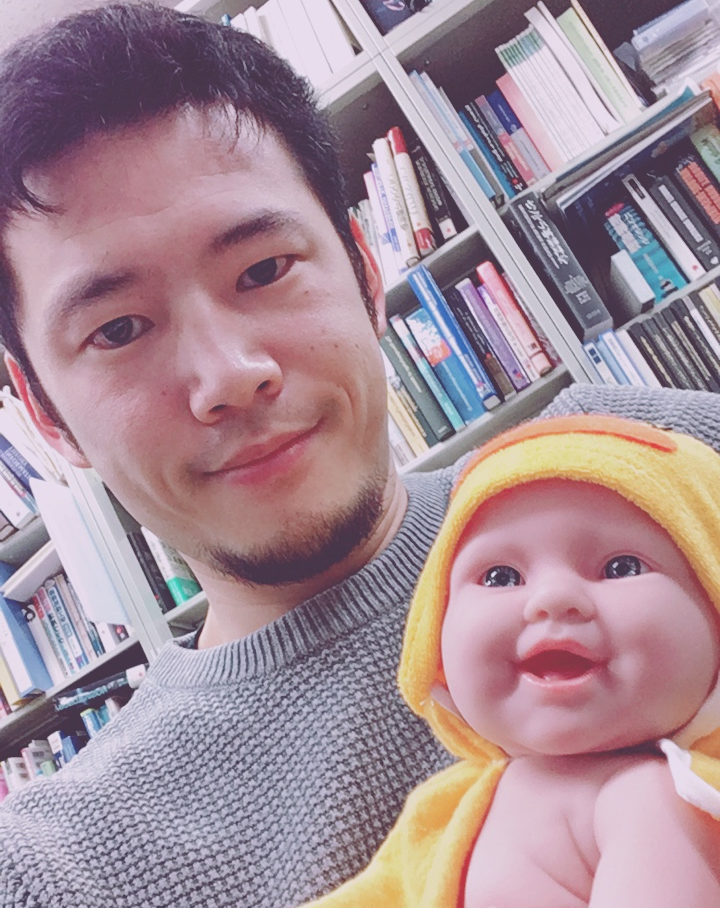
Hoshinori KANAZAWA
In the early developmental stage, human infants who have suffered physical disability or neurological injury often exhibit functional recovery and functional compensations that would be unexpected in adults. By modeling developmental changes and learning rules with a focus on sensorimotor information structures based on the musculoskeletal body, we attempt to establish a theory of early development-specific functional recovery and functional compensations.
Members
| Principal Investigator | Hoshinori KANAZAWA | Research Assistant Professor, The University of Tokyo |
| Co-investigators | Yasuo KUNIYOSHI | Professor, The University of Tokyo |
| Masahiko KAWAI | Project Associate Professor, Kyoto University | |
| Dongmin KIM | Graduate Student, The University of Tokyo | |
| Yohei NOMOTO | Graduate Student, The University of Tokyo | |
| Akito YOSHIDA | Graduate Student, The University of Tokyo | |
| Yamato SHINOMIYA | Graduate Student, The University of Tokyo |
B05-4 Low-dimensional functional connectivity across bilateral motor-related areas for hyper-adaptability
Research Outline
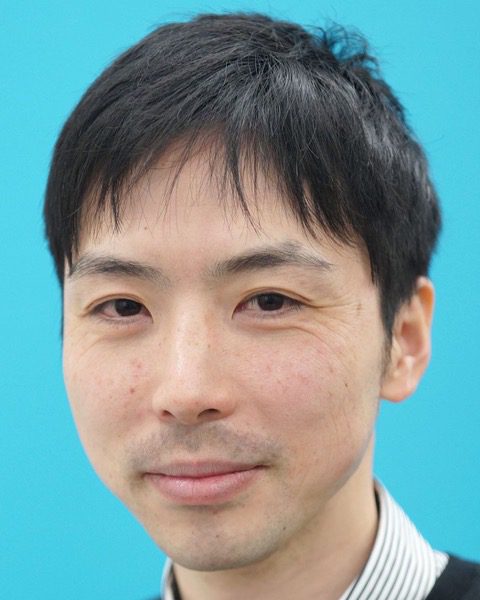
Isao NAMBU
A typical example of hyper-adaptability is recovery of motor functions in the bilateral motor-related areas. However, how much the areas in two hemisphere are redundant how to use them for recovery are unknown especially in terms of connectivity between areas. In this study, we hypothesize that the redundancy in the bilateral motor-related areas are represented in the low-dimensional spaces of the functional connectivity and examine this hypothesis using human brain imaging including electroencephalogram.
Members
| Principal Investigator | Isao NAMBU | Associate Professor, Nagaoka University of Technology |
| Co-investigators | Yasuhiro WADA | Professor, Nagaoka University of Technology |
| Hiroshi YOKOYAMA | Project Assistant Professor, National Institute for Physiological Sciences |
B05-5 Application of motor learning model for partial relationship reuse to reconstruction of muscle synergy
Research Outline
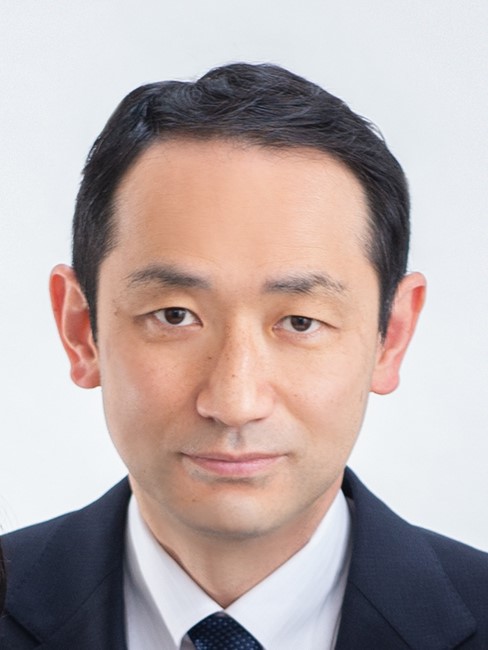
Yuichi KOBAYASHI
When partial dysfunction occurs in the human body or brain, it is possible to adaptively recover function by reusing previously acquired neural circuits. We propose a motor learning model that describes such an adaptive process. While our previous motor learning model that estimates the transformation of partial dependencies of motor systems is based on the feedback control mechanisms, this study also focuses on the process of acquiring the feedforward control. In addition to estimating the transformation of coefficient information in feedback control, by considering the transformation of feedforward terms, we aim to explain the process of reusing already acquired motor control information such as muscle synergy.
Members
| Principal Investigator | Yuichi KOBAYASHI | Associate Professor, Shizuoka University |
| Co-investigators | Sota NAKAMURA | Graduate student, Grauate school of Science and Technology, Shizuoka University |
| Taisei MATSUURA | Graduate student, Grauate school of Science and Technology, Shizuoka University | |
| Haruki MAMIYA | Graduate student, Grauate school of Science and Technology, Shizuoka University | |
| Izumi WADA | Undergraduate Student, Department of Mechanical Engineering, Faculty of Engineering, Shizuoka University |
B05-6 Hierarchical understanding of adaptation to a new relationship between the eye and the body.
Research Outline
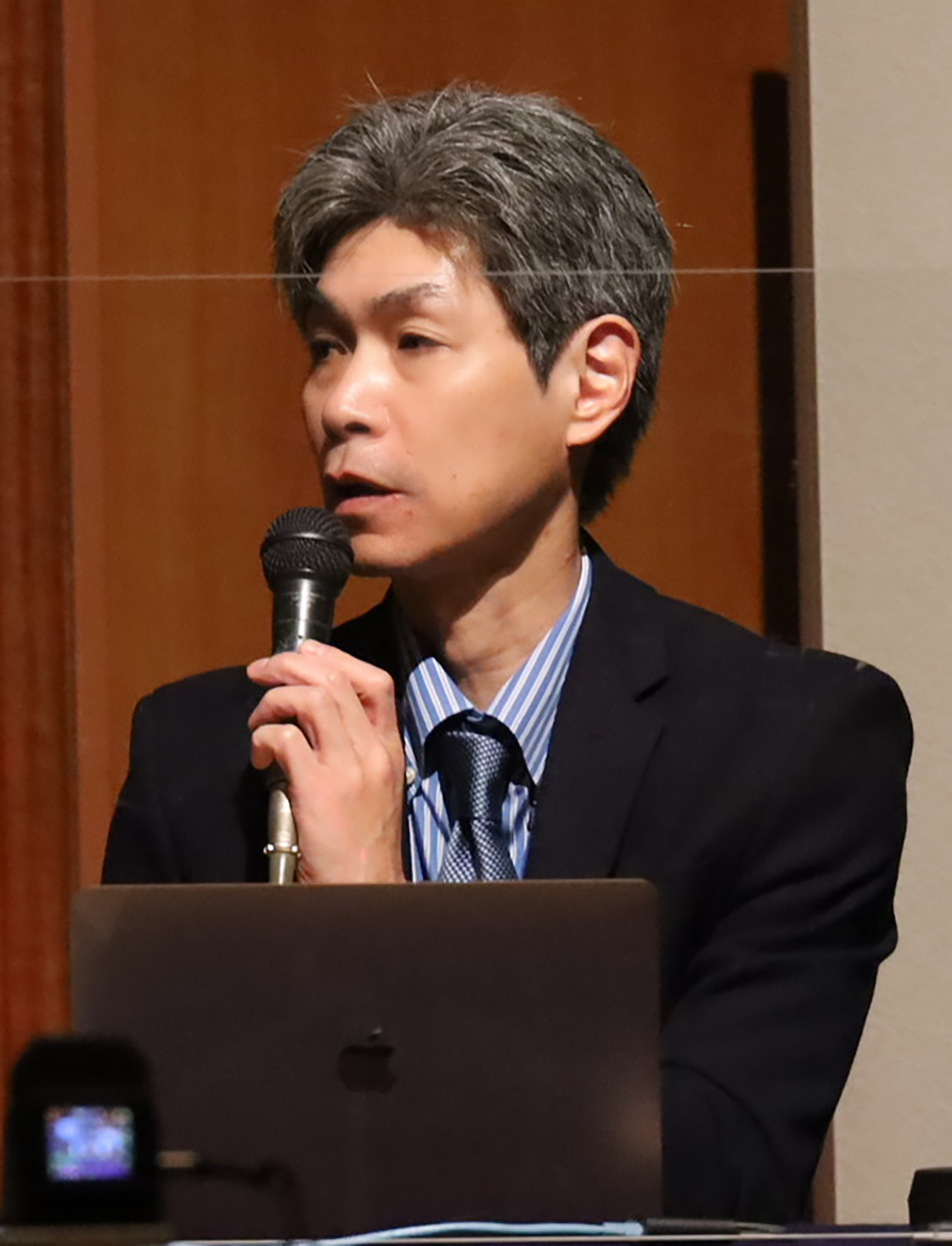
Michiteru KITAZAKI
The purpose of this project is to create an “unusual visual-body relationship” using virtual reality, and to clarify how the perception and behavior of humans are changed by this new relationship, and its plasticity. In this study, we manipulate the “eye-body relationship” as an unusual environment, and clarify the plasticity of people’s cognitive behavior by medium- and long-term adaptation at the “level of conscious behavioral strategies,” “level of unconscious behavior,” and “level of perception” through psychophysical experiments.
Members
| Principal Investigator | Michiteru KITAZAKI | Professor, Department of Computer Science and Engineering, Toyohashi University of Technology |
B05-7 Supraspinal mechanisms of the human upright postural control based on the EEG dynamics associated with micro-falls
Research Outline
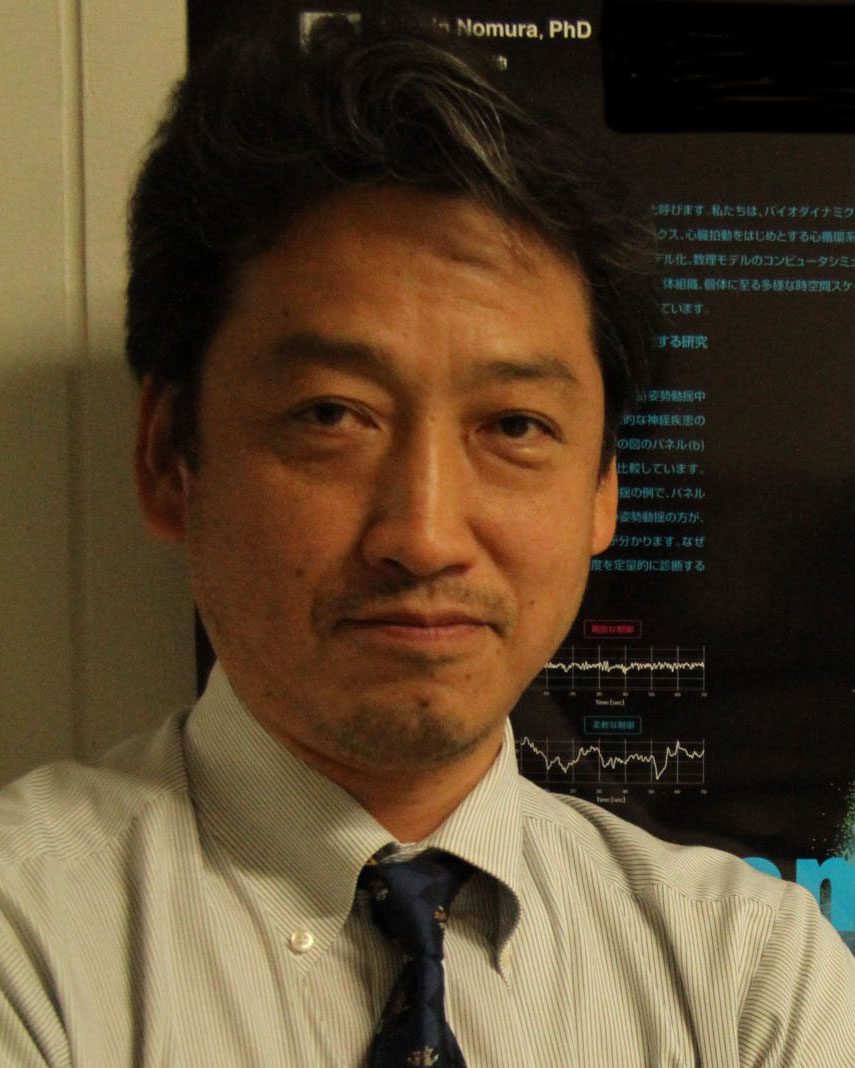
Taishin NOMURA
Fluctuation of human upright posture is composed of a random but repeated sequence of a micro-fall and the corresponding micro-recovery. This study aims to characterize the EEG dynamics associated with the micro-fall, which might be possible by virtue of the repetitiveness of micro-fall, and then to uncover the control theoretical functions of the brain activity for stabilizing the upright stance.
Members
| Principal Investigator | Taishin NOMURA | Professor, Osaka University |
| Co-investigators | Akihiro NAKAMURA | Graduate School of Engineering Science, Osaka University / Research Fellow, JSPS |
| Yasuyuki SUZUKI | Lecturer, Graduate School of Engineering Science, Osaka University | |
| Matija Milosevic | Assistant Professor, Graduate School of Engineering Science, Osaka University | |
| Kimitaka NAKAZAWA | Professor, The University of Tokyo | |
| Saburo SAKODA | Honorary Director, National Hospital Organization Osaka Toneyama Medical Center | |
| Takuyuki ENDO | Doctor, National Hospital Organization Osaka Toneyama Medical Center |
B05-8 Higher brain functions as hyper-adaptability: an exploration of the principle of proactive outreach to an indefinite environment
Research Outline
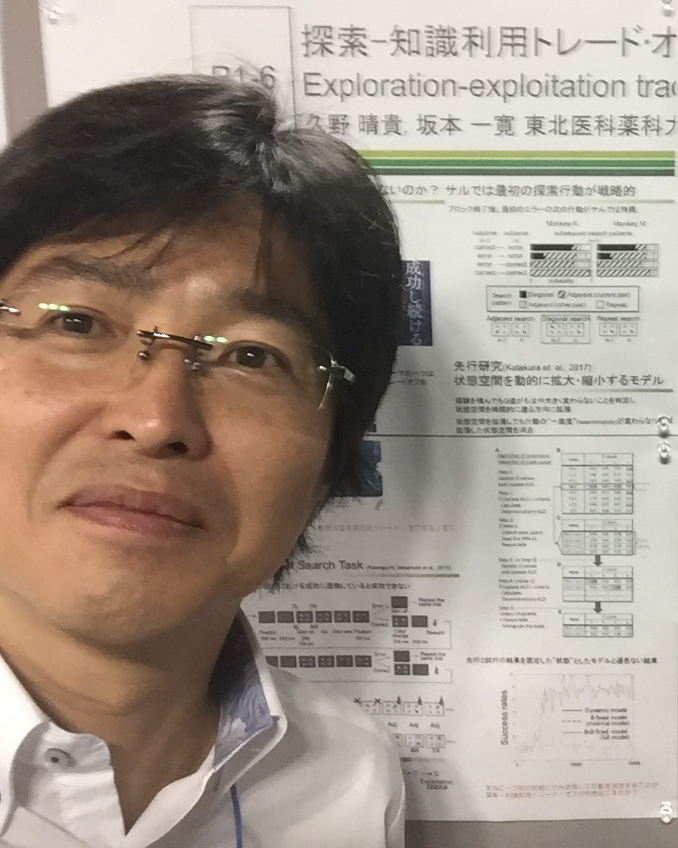
Kazuhiro SAKAMOTO
No one knows what may happen tomorrow. In such a world, if you sit still, you will only wait for death. Only by fully utilizing our experience and wisdom and reaching out to such a world will we find a way forward. An environment in which we cannot even define the probability space and anything can happen is called an “indefinite environment”. As a principle of adaptation to such an environment, we have developed a reinforcement learning model that dynamically and autonomously specifies the probability space or state space based on experience saturation and action decision uniqueness. However, we have not obtained the principles of actively and strategically reaching out to such an environment yet. Therefore, this proposal aims to elucidate the principle of proactive outreach to the indefinite environment. Specifically, by developing a dynamic state-space reinforcement learning model, we will construct a model of higher brain functions, especially higher frontal motor cortices, that is, a model for learning various tasks that have clarified the functions of these areas, and extract the principles of action planning and sequential action execution. This study will contribute to the elucidation of the neural basis of higher brain disorders such as inability to plan, inability to operate home appliances in proper sequence, etc., and to the search for treatments for these disorders.
Members
| Principal Investigator | Kazuhiro SAKAMOTO | Associate Professor, Faculty of Medicine, Tohoku Medical and Pharmaceutical University |
| Co-investigators | Yoshiya MATSUZAKA | Professor, Faculty of Medicine, Tohoku Medical and Pharmaceutical University |
| Tadaho NAKAMURA | Associate Professor, Faculty of Medicine, Tohoku Medical and Pharmaceutical University | |
| Hajime MUSHIAKE | Professor, School of Medicine, Tohoku University | |
| Makoto OSANAI | Professor, Graduate School of Medicine, Osaka University | |
| Satoshi ZUGUCHI | PH.D Student, School of Medicine, Tohoku University |
B05-9 Individual differences in suitable neural circuits for attention control and its effect on motor control.
Research Outline
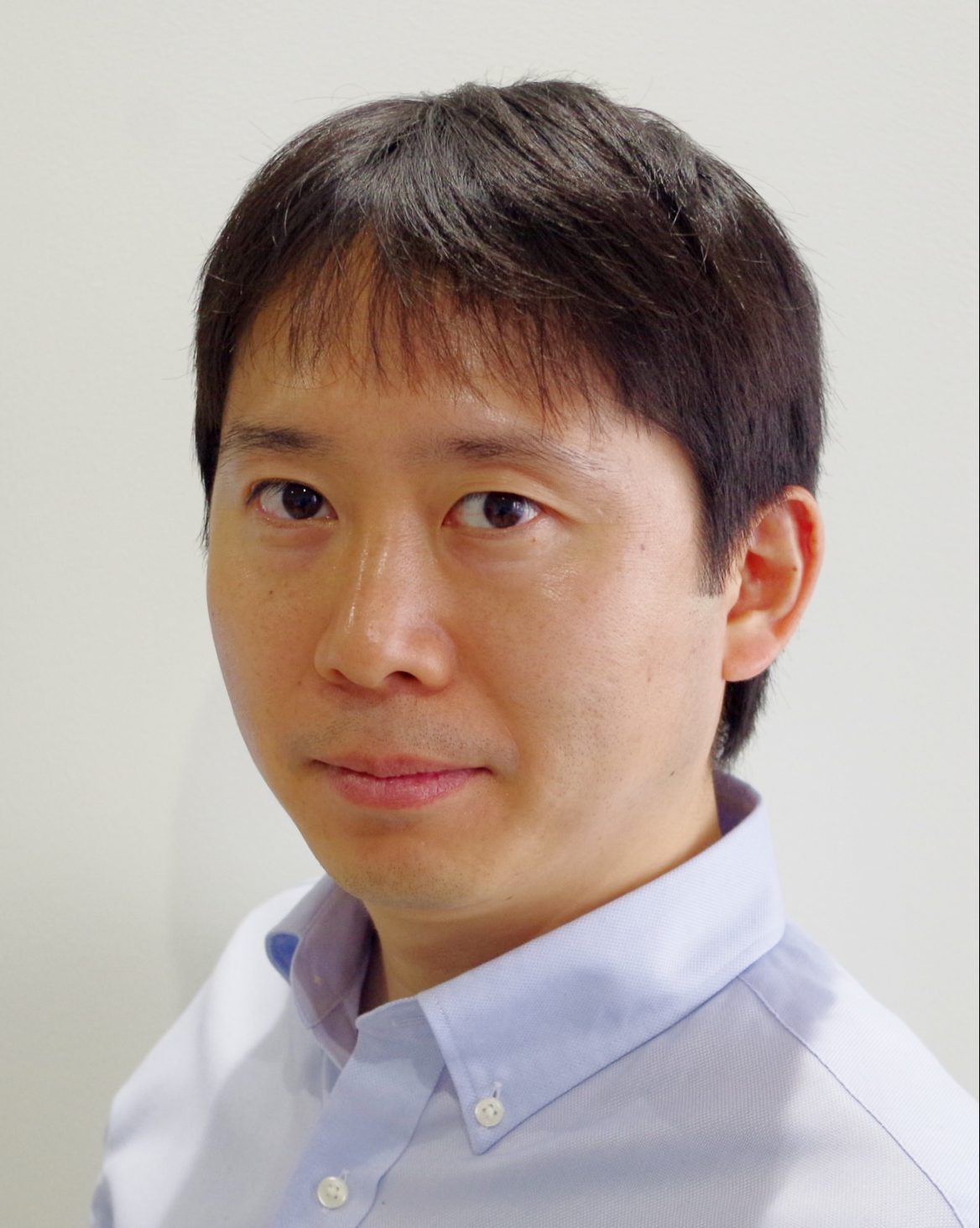
Takeshi SAKURADA
This research project aims to establish a tailor-made training system based on the neurofeedback technique using sensory area activities for improving attention control ability in the young and elderly populations. I expect that the proposed training system can promote the neural circuits that are most easily acquired according to the individual cognitive trait, and improve attention and motor functions through neuromodulation training. Furthermore, I try to model the individual differences in neural circuits acquired by neurofeedback training and propose an efficient training protocol.
Members
| Principal Investigator | Takeshi SAKURADA | Associate Professor, Faculty of Science and Technology, Seikei University |
| Co-investigators | Shunsuke TAGUCHI | Undergraduate student, Faculty of Science and Technology, Seikei University |
| Daisuke NAKAJIMA | Undergraduate student, Faculty of Science and Technology, Seikei University | |
| Yuri HAYASHI | Undergraduate student, Faculty of Science and Technology, Seikei University |
B05-10 Brain mechanisms for generating exploratory adaptation: Modeling the brain function based on meta-reinforcement learning
Research Outline
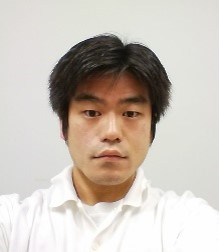
Yuki UEYAMA
When we would acquire skills or adapt to novel environments, we could achieve it from limited information through trial-and-error behaviors. This study defines the adaptation process based on the exploratory behaviors as “exploratory adaptation”, which we hypothesize as a computational mechanism of brain function taking a part in hyper adaptation. The objective of this study is to elucidate the neural basis of the exploratory adaptation. We are approaching both the computation and imaging analysis by building a model of the exploratory adaptation based on meta-reinforcement learning and performing fMRI experiments adopting a visuomotor task.
Members
| Principal Investigator | Yuki UEYAMA | Associate Professor, National Defense Academy of Japan |
| Co-investigators | Hiroshi IMAMIZU | Professor, University of Tsukuba |
| Jun IZAWA | Associate Professor, University of Tsukuba |
